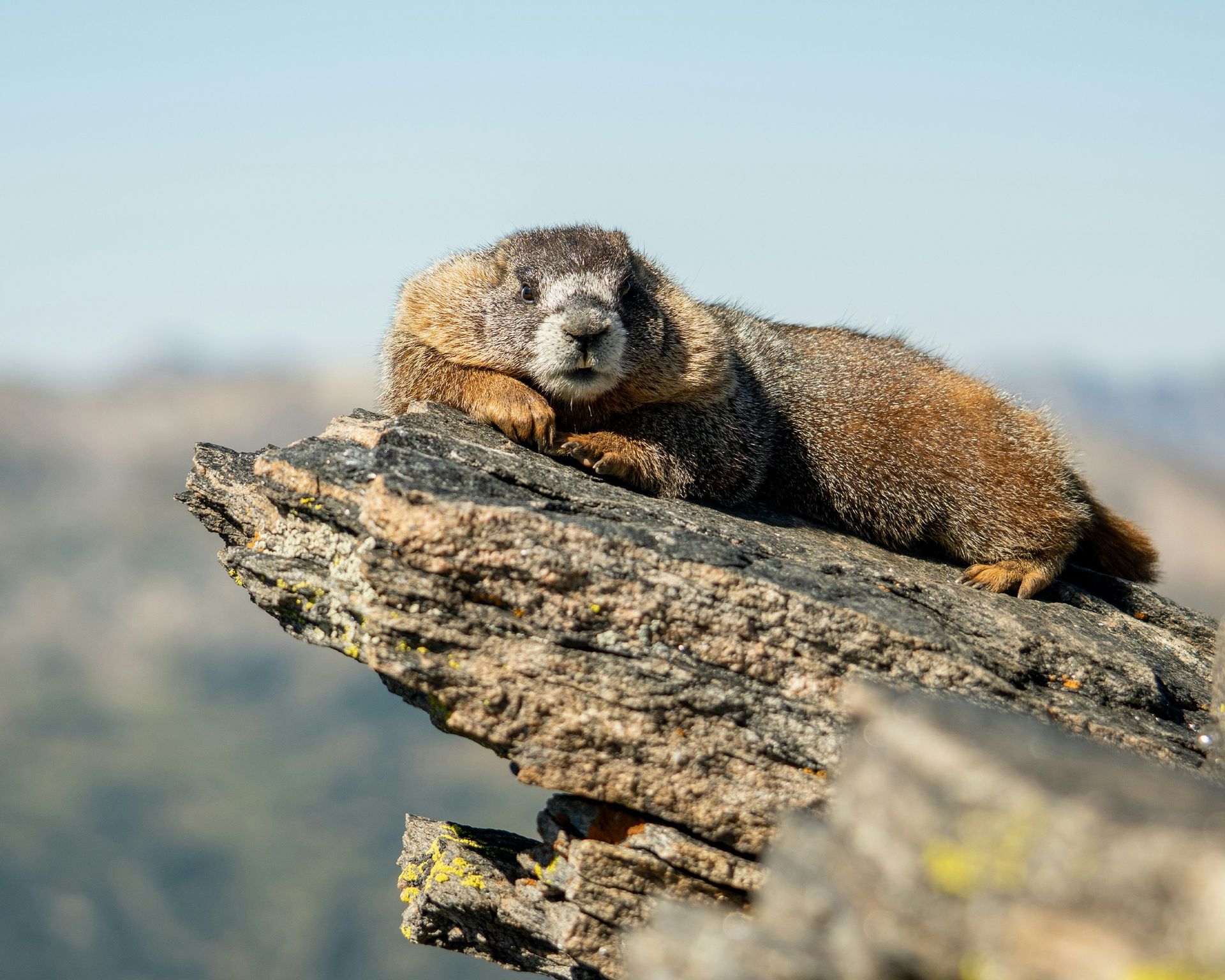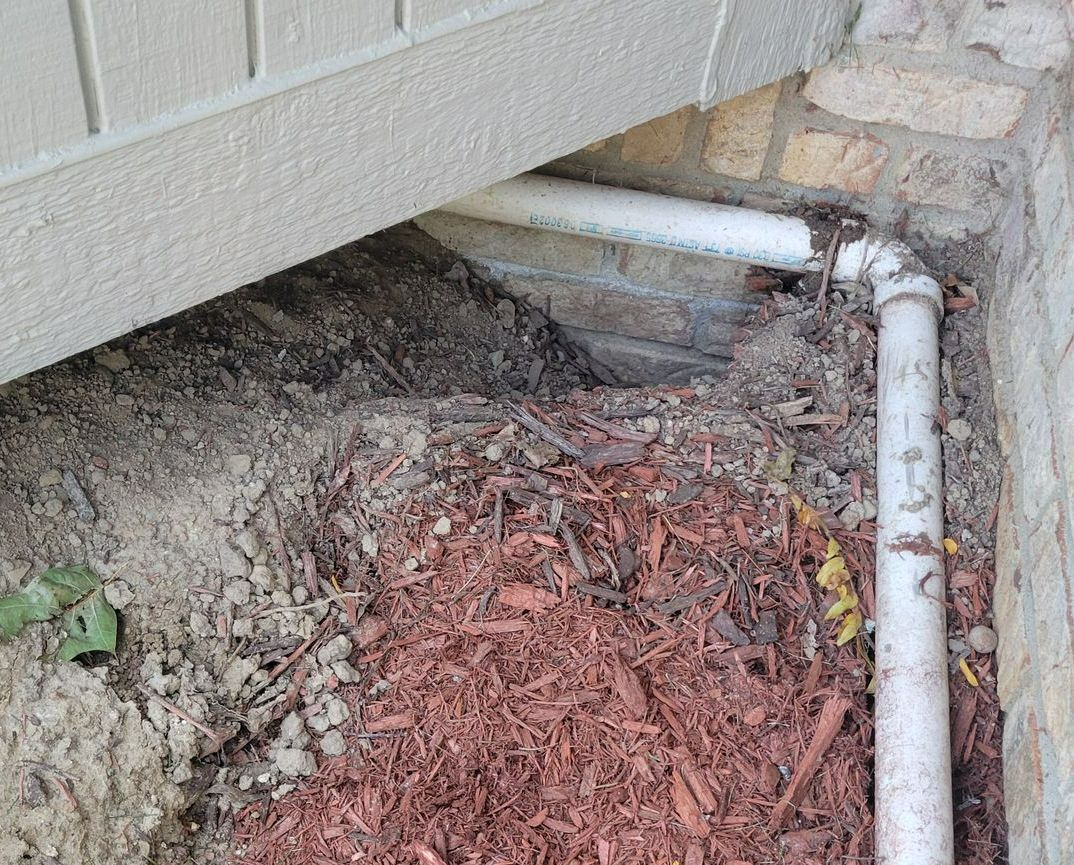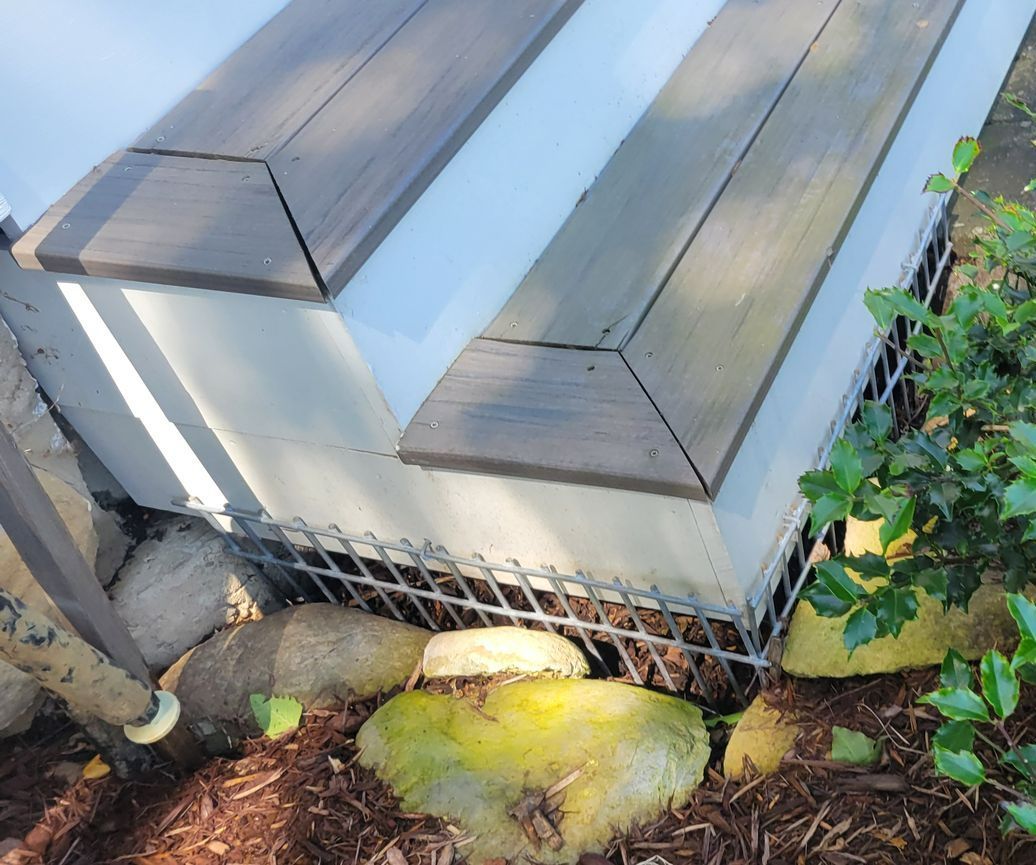Hunting for a Shadow: Groundhogs
With Groundhog Day coming up this Sunday marking the midway point between the solstice and equinox on February 2nd, it is only fitting to understand the species wrapped up in the spectacle. The national groundhog, Punxsutawney Phil, can be found on the center stage in Pennsylvania for predicting our winter weather. While Phil is the most well-known, there are several other groundhogs throughout the states that also act as small meteorologists. Michigan’s official groundhog, Woody the Woodchuck, resides at Howell Nature Center year-round until she gets her annual opportunity to predict the coming of spring. Although some may be thrown off by the name of our state’s groundhog, ‘woodchuck’ is another name for the same species, Marmota monax. To make matters a little more confusing, they may also be called land beavers and whistle pigs due to their distinctive call.
History
The lore of Groundhog Day and shadows predicting the winter forecast goes all the way back to ancient Europe in which a badger or bear was the predictor. This day was determined to be Candlemas, in which clear skies meant a longer winter and a cloudy day indicated spring was coming soon. Once Germans settled in the town of Punxsutawney, which was first settled by Native Americans, they continued their tradition of Candlemas and replaced their native badgers with the groundhog. By the 18th and 19th centuries, Groundhog Day had taken place in Pennsylvania according to the National Oceanic and Atmospheric Administration (NOAA). On Groundhog Day in 1886, an individual groundhog was chosen to be the official forecaster with word of these predictions spreading across the country. The shadow determines if there will be six more weeks of winter each year as premature emergence will cause them to recede into their dens. Since Groundhog Day came to Michigan in 1999, Howell Nature Center has prided itself on Woody’s 70% accuracy compared to Punxsutawney Phil’s 30% accuracy in the past decade as reported by NOAA.
Current Status
Groundhogs are found in a variety of habitats from woodlots to pastures with human activities improving resource abundance and allowing the species to flourish. Adapting well to human urbanization, this diurnal (active during the day) species can often be found sunning themselves on porches. Groundhogs range from Alabama, along the east coast to Labrador, and west to Alaska according to the Animal Diversity Web. This is a species of least concern meaning there is a very low risk of extinction due to groundhog resilience and large range.

Characteristics
This large rodent is part of the squirrel family (Sciuridae) which have two characteristically long incisors that are constantly growing. The species is low to the ground and can stand on its hind legs or climb trees to observe its surroundings for predators or resources. In the spring, groundhogs use their flat feet to dig burrows for safety while rearing pups and continue to use these for hibernation during the winter. Their small, rounded ears help prevent dirt from entering the canal while digging these burrows. Fur coloration can vary from gray to dark brown depending on the individual with dark, sometimes black paws and bushy tails. Males and females do not have any distinguishable fur colors or patterns; however, males tend to be larger in stature. Females can produce between one and nine pups each spring allowing them to successfully spread quickly, although they are not social creatures. While they may be small and fluffy, they can also be quite damaging to property.
Conservation
While a common question is “how much wood could a woodchuck chuck if a woodchuck could chuck wood?”, woodchucks do not actually chuck wood. While this species is herbivorous, meaning they eat plants, they may only choose to eat bark if nothing else is available after hibernation but typically prefer softer vegetation.
Groundhogs are one of the species that have adapted to living alongside humans which often leads to more human-wildlife conflict. For example, the large burrows dug by groundhogs can be damaging to livestock, gardens, foundations, and other standing structures. These holes can be identifiable with large mounds of dirt at the entrance, although plunge holes can be dug internally and be more discreet without mounding. Some of these nuisance behaviors can be controlled or prohibited by taking the necessary precautions based on the situation. When trying to exclude these rodents, thick fencing can be installed with one foot underground and three feet above ground or to the base of a structure. If climbing into fruit trees is an issue, place fencing around the tree. When an unwanted groundhog hole is identified, the Michigan DNR recommends using a towel soaked in ammonia or used cat litter inside the burrow to evict the critter for voluntary relocation. In cases where damage exceeds repair or home remedies are not an option, homeowners can consider contacting nuisance animal control companies or take advantage of Michigan’s hunting season. For hunters with a current base license, this critter can be hunted or trapped year-round, however, small game regulations should be followed. If trapping is considered, the groundhog can be released elsewhere on the same property or humanely euthanized, however, the Michigan DNR states the individual can’t be translocated to another property. Older males tend to be territorial while younger males are more nomadic which can contribute to recurring issues if not euthanized.
While this species may be a nuisance to some, abandoned dens can be used or expanded by several other wildlife species for protection after the groundhogs leave. Burrowing underground by animals like the groundhog also helps provide soil aeration. As with many wildlife species, groundhogs play a role in the food chain by spreading plant seeds and can become prey for larger predators. Additionally, they have also provided insight into various stages of medical research as defined by the Animal Diversity Web in addition to providing meat or fur for game hunters and trappers. Groundhogs also indirectly improve local economies by providing an influx of tourists to local towns with groundhog predictions. In fact, NOAA reports over 20,000 fans traveling to see Punxsutawney Phil’s prediction annually.
Learn More
To learn more about the Michigan regulations for groundhogs and other small game, visit the Michigan DNR regulations handbook. More about year-round hunting in Michigan can also be found with prevention and removal tips for multiple Michigan species. The DNR also has a nuisance animal control directory with removal businesses by county for professional removal.





